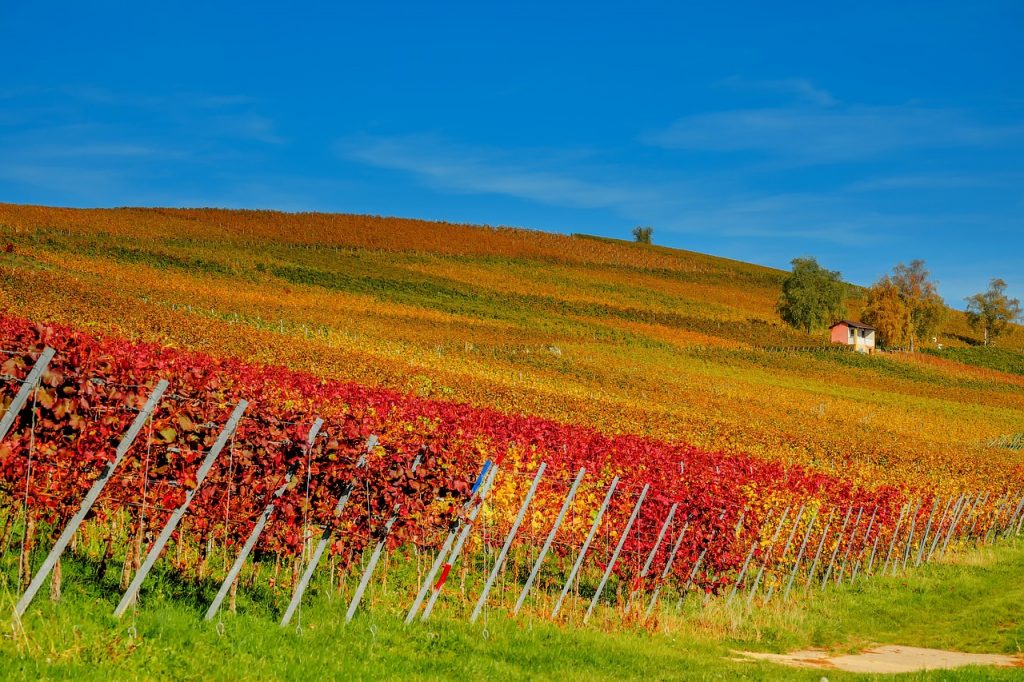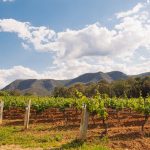One thing winemakers and growers universally agree upon is that climate change is real. Their unique perspective that bears witness to the seasons and each vintage, draws into focus the long-term effects of a warmer climate.
With vintages becoming earlier and earlier, a long-term view on protecting their vineyards and those of future generations’ livelihoods becomes increasingly important.
According to the Cabinet d’Agronomie Provençal, average temperatures in Provence increased 1.4°C over the course of the last century, and they are expected to surge an additional 2-6°C by 2100.
So, what can the winemakers of Provence do to reduce their impact for the future?
Provence is well suited to sustainable viticulture such as organics and bio dynamics due to its hot and dry climate, with the legendary Mistral winds mitigating summer humidity in the vines and disease pressure.
As of 2019, 19% of Provençal vineyards were certified organic; additionally, 13% have converted to a national sustainability program called Haute Valeur Environnementale (HVE), which translates to High Environmental Value (HVE).
The HVE farming philosophy centres around four goals: plant protection strategy, fertilisation management, water resource management, and biodiversity preservation.
That last goal is particularly important in the case of Provence, which is the second-largest forested, and competing for water resources, region in France and is highly biodiverse due to its small vineyard areas and polyculture systems.
The Vins de Provence association is heavily committed to sustainable agriculture with 40% of the vineyards now certified to either the HVE system or the Agriculture Biologique system.
An additional 2,500ha (hectares) have gained HVE certification in 2020, bringing the total above 11,000ha.
The regions growers are working towards 60% AB or HVE certification by 2023 and 100% certification by 2030.
To adapt to climate change, the Centre du Rosé, the Syndicate of Côtes de Provence and the Var’s Chamber of Agriculture are also experimenting with new varieties such as Caladoc and Rousseli which are disease resistant and more suitable to hotter climates, whilst still retaining the key characteristics that wines from Provence are world renowned for.
Additionally, as Juliet Girard of the Syndicat des Vins de Provence points out, cover crops like clover and vetch work to engrain nitrogen in the soil, which works like a vitamin to the benefit of the plant.
Furthermore, Girard mentions that keeping undergrowth alive at the ends of rows where tractors turn is another step for Provence to take, as well as eliminating chemical herbicides entirely.
Last and certainly not least, the use of irrigation has changed and likely will continue to evolve. Only ten years ago, irrigation was forbidden in Provence.
INAO (the Institut National des Appellations d’Origine et de la Qualité), the governing body that dictates what is and is not allowed in all aspects of AOP wine production, has greatly loosened these restrictions.
Vignerons can now irrigate (where water is available) from June 15th through harvest with a different set of (lower) yields for those that do irrigate.
The next challenge is to optimize irrigation delivery. While drip irrigation has become widely used, underground irrigation provides even greater efficiency.
This is key to having a very measured impact on nearby groundwater as well as the newly extended Canal de Provence.
Ensuring the future of the Provence Wine region and its famous wines is something the whole community are intently aware of and committed to. Whilst the world struggles with COVID the winemakers of Provence will continue to address sustainability and their impact on climate change so all may benefit.
Are you a Daily Wine News subscriber? If not, click here to join our mailing list. It’s free!





















